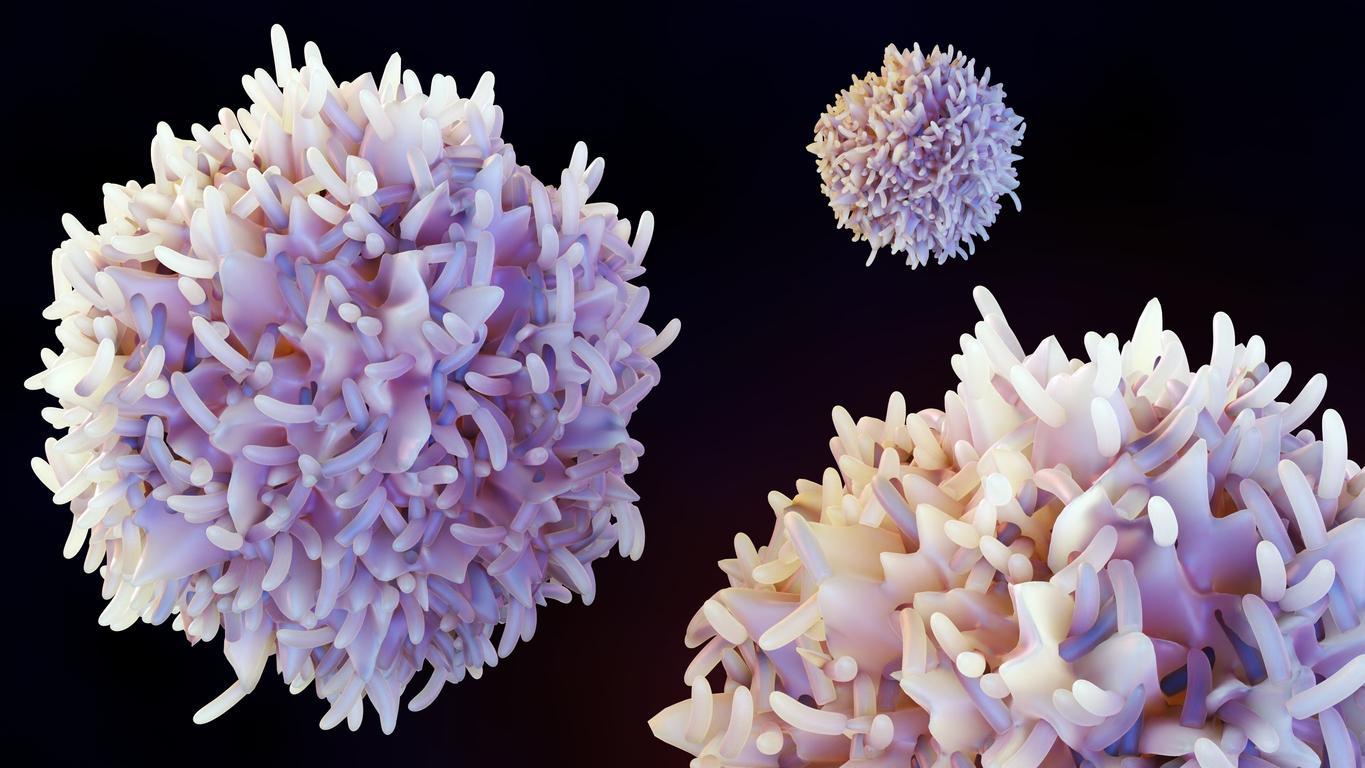For the first time, researchers have shed light on the key role played by fat cells in the dangerous transformation of melanoma and the rapid formation of metastases.

Why can melanomas, even when they appear to be treatable, degenerate so quickly causing fatal metastases in vital organs?
Until now, doctors struggled to find an answer to this question. According to new work by researchers at Tel Aviv University, Israel, and published in the journal Science Signalingit appears that fat cells participate in the transformation of melanoma cells, which go from cancerous cells with limited growth of the epidermis to deadly metastatic cells that reach the vital organs of patients.
“We have answered a major question that has preoccupied scientists for years,” says Professor Carmit Levy of Tel Aviv University’s Department of Human Genetics. “What causes melanoma to change shape, becoming aggressive and violent?”, when it has not yet penetrated the dermis to spread to other organs via the blood vessels and it is it still treatable?
An interaction between tumors and fat cells
A melanoma is a malignant tumor that develops from melanocytes, cells in the epidermis, which produce the skin-coloring pigment, melanin. Encased in the outer layer of skin, the epidermis, melanoma remains treatable. But it can become fatal when it “wakes up” by sending cancer cells into the dermal layers of the skin and forming metastases in vital organs. “Blocking the transformation of melanoma is one of the main targets of cancer research today, and we now know that fat cells are involved in this change”, analyzes Pr Levy.
To better understand this role played by fat cells, the researchers analyzed dozens of biopsy samples taken from patients with melanoma. They then observed a suspicious phenomenon: the presence of fat cells near the tumor sites.
“We wondered what the fat cells were doing there and started to investigate. We placed the fat cells on a Petri dish near the melanoma cells and followed the interactions between them.”
Researchers have observed that fat cells transfer proteins called cytokines, which affect gene expression, to melanoma cells. These cytokines have the effect of reducing the expression of a gene called miRNA211. The latter should normally inhibit the expression of a melanoma receptor for TGF beta, a protein present in the skin. When its expression is reduced, “the tumor absorbs a high concentration of TGF beta, which stimulates the melanoma cells and makes them aggressive”, explains Pr Lévy.
Hope for a possible cure
Researchers have, however, found a way to block this transformation by removing the fat cells from the melanoma. “The cancer cells calmed down and stopped migrating.”
After conducting their first tests in Petri dishes, the researchers continued on mouse models and obtained similar results.
This research could potentially lead to a drug capable of inhibiting cytokines and TGF beta. Clinical trials have already been launched in this direction for other types of cancer, such as that of the pancreas, prostate or bladder, but nothing has ever been done to treat melanoma. “Our findings can serve as the basis for the development of new drugs to stop the spread of melanoma – therapies that already exist, but have never been used for this purpose,” concludes Professor Levy. “Going forward, we are looking to collaborate with pharmaceutical companies to improve the development of the metastatic melanoma prevention approach.”

.
















